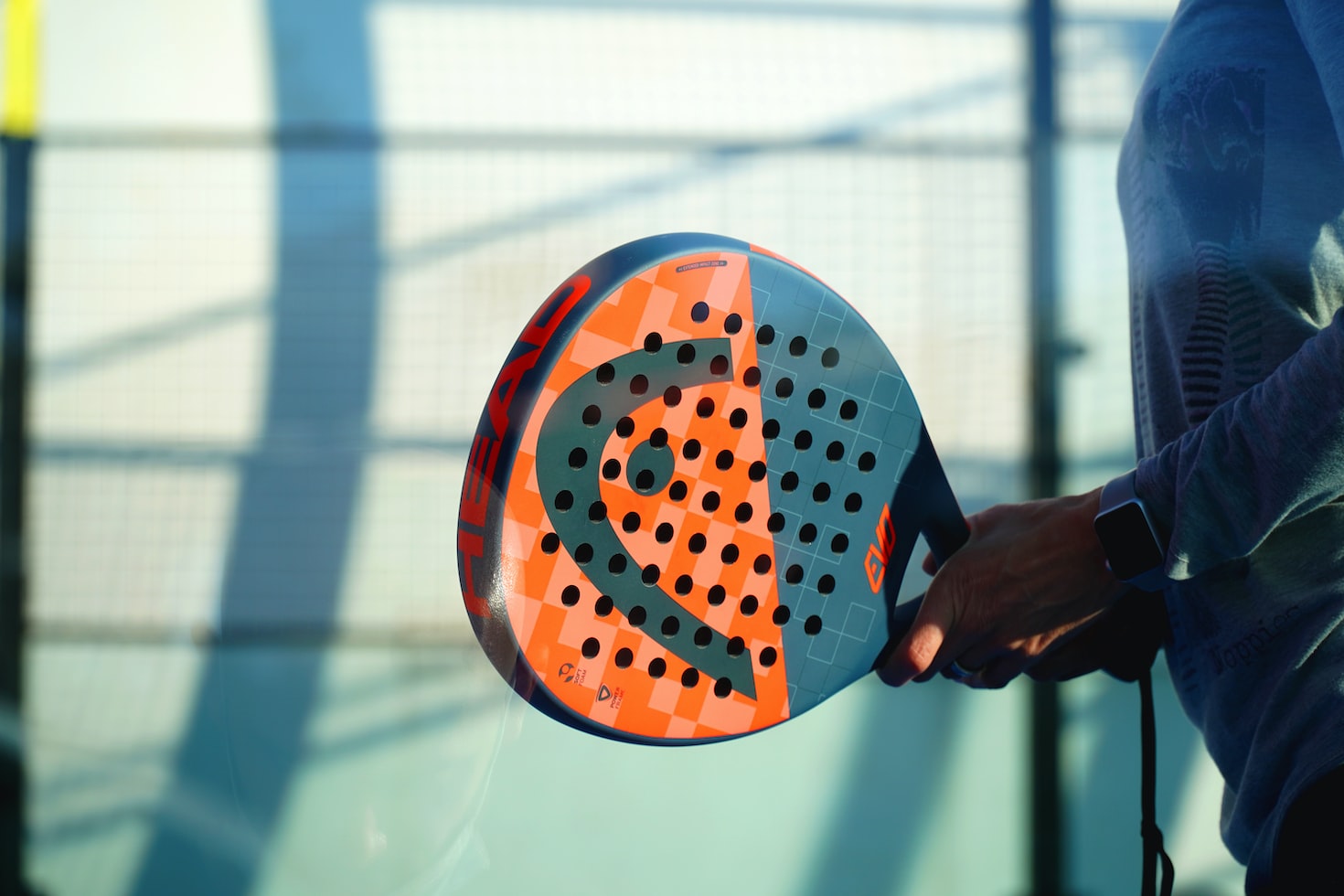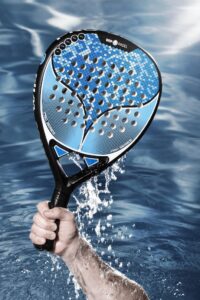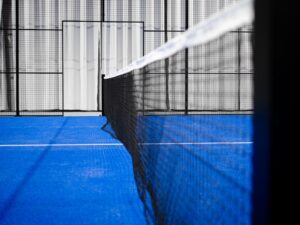Mastering the Mind Game: How to Analyze and Counter Your Opponent’s Serve in Padel
3 min read
Mastering the Mind Game: How to Analyze and Counter Your Opponent’s Serve in Padel
Cracking the Code: How to Read the Opponent’s Serve in Padel
If you’re an avid padel player, you know that the serve is a crucial element of the game. It sets the tone for the entire rally and can give you a significant advantage if you can successfully read your opponent’s serve. So, how can you become a master at deciphering the subtle cues and hidden patterns in your opponent’s serve? Let’s dive into the mind game and unravel the secrets of reading your opponent’s serve in padel.
1. Observe and Analyze
The first step in reading your opponent’s serve is to observe their body positioning, grip, and racket angle. These physical cues can provide valuable information about the direction, speed, and spin of the serve. Is your opponent preparing for a slice serve? Or are they going for a powerful drive? By paying close attention to these details, you can start to anticipate their next move.
2. Watch Their Eyes
The eyes are the window to the soul, or in this case, the serve. By watching your opponent’s eyes, you can get a sense of where they are planning to place the ball. Are they glancing to the left or right? Are they looking straight ahead? The direction of their gaze can tip you off to their intended target, giving you a split-second advantage to react accordingly.
3. Paddle Positioning
Another crucial element to consider is your opponent’s paddle positioning. Are they holding it high or low? If they’re holding it high, they’re likely gearing up for a powerful serve. On the other hand, a low paddle may indicate a drop shot or a soft lob. By reading their paddle positioning, you can anticipate the type of shot they’re about to unleash, allowing you to position yourself strategically on the court.
4. Timing is Everything
Timing is key in padel, and reading your opponent’s serve is no exception. Pay attention to the rhythm and tempo of their serve. Are they taking a long pause before serving? This pause might indicate they are planning a surprise spin or angle. However, a quick and seamless motion suggests a more straightforward and direct serve. Adjusting your timing accordingly can give you a significant advantage in returning their serve with accuracy and power.
5. Mind Games and Psychological Warfare
Playing padel isn’t just about the physical game; it’s also a mental battle. Your opponent might try to trick you by using false cues or disguising their intentions. They might purposely vary their body language, paddle position, or eye movement to confuse you. Beware of these mind games and stay focused on the patterns you have observed throughout the match. By keeping a clear mind and trusting your analysis, you can resist falling into their psychological traps.
Final Thoughts
Reading your opponent’s serve in padel is an art that requires a combination of observation, anticipation, and psychological analysis. Mastering this skill can give you a significant advantage and help you gain control of the rally right from the start. By observing physical cues, watching their eyes, analyzing paddle positioning, understanding timing, and staying mentally sharp, you can crack the code and become a formidable opponent on the court. So, gear up, hit the court, and unleash your newfound knowledge to take your padel game to new heights!







